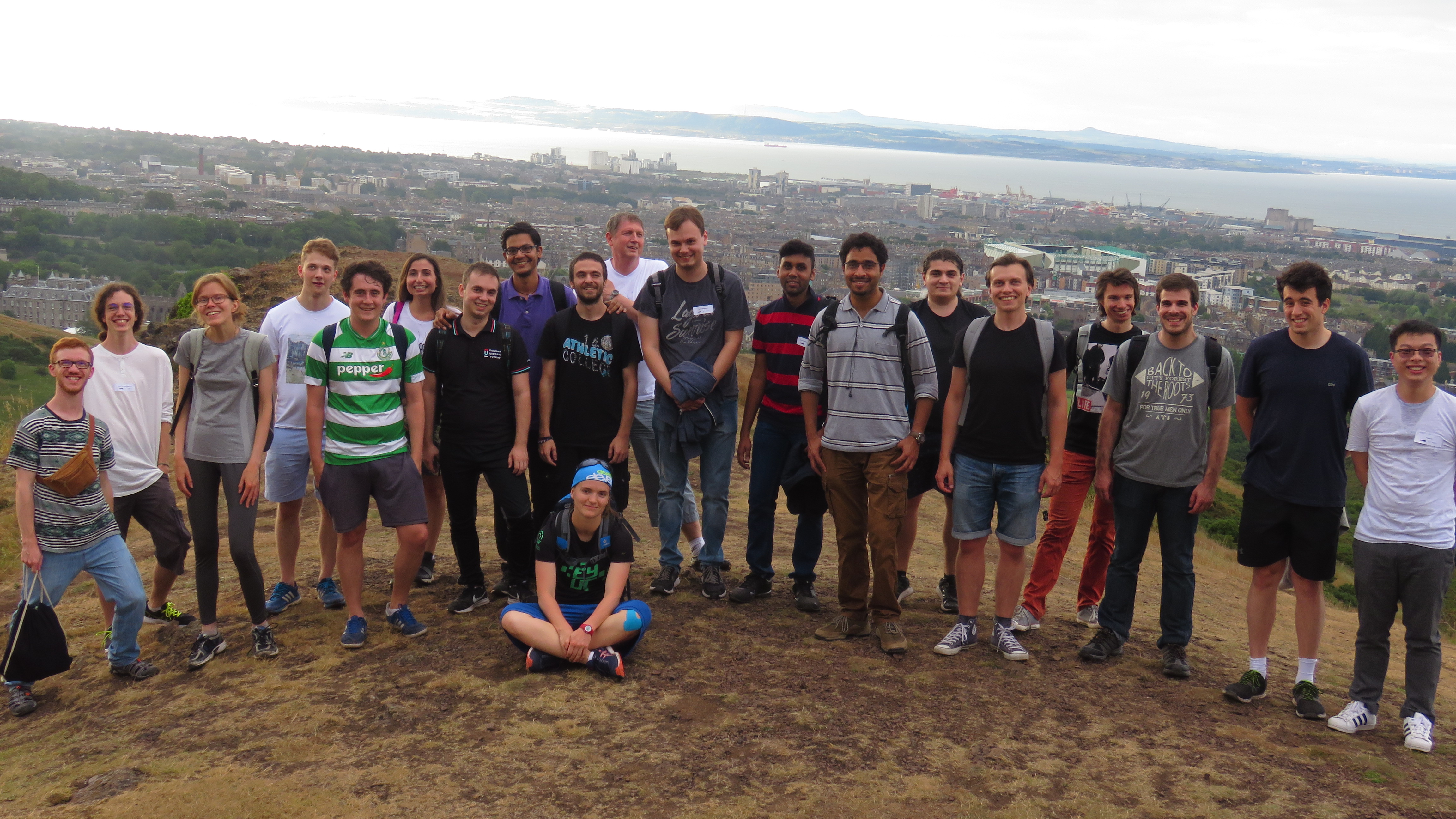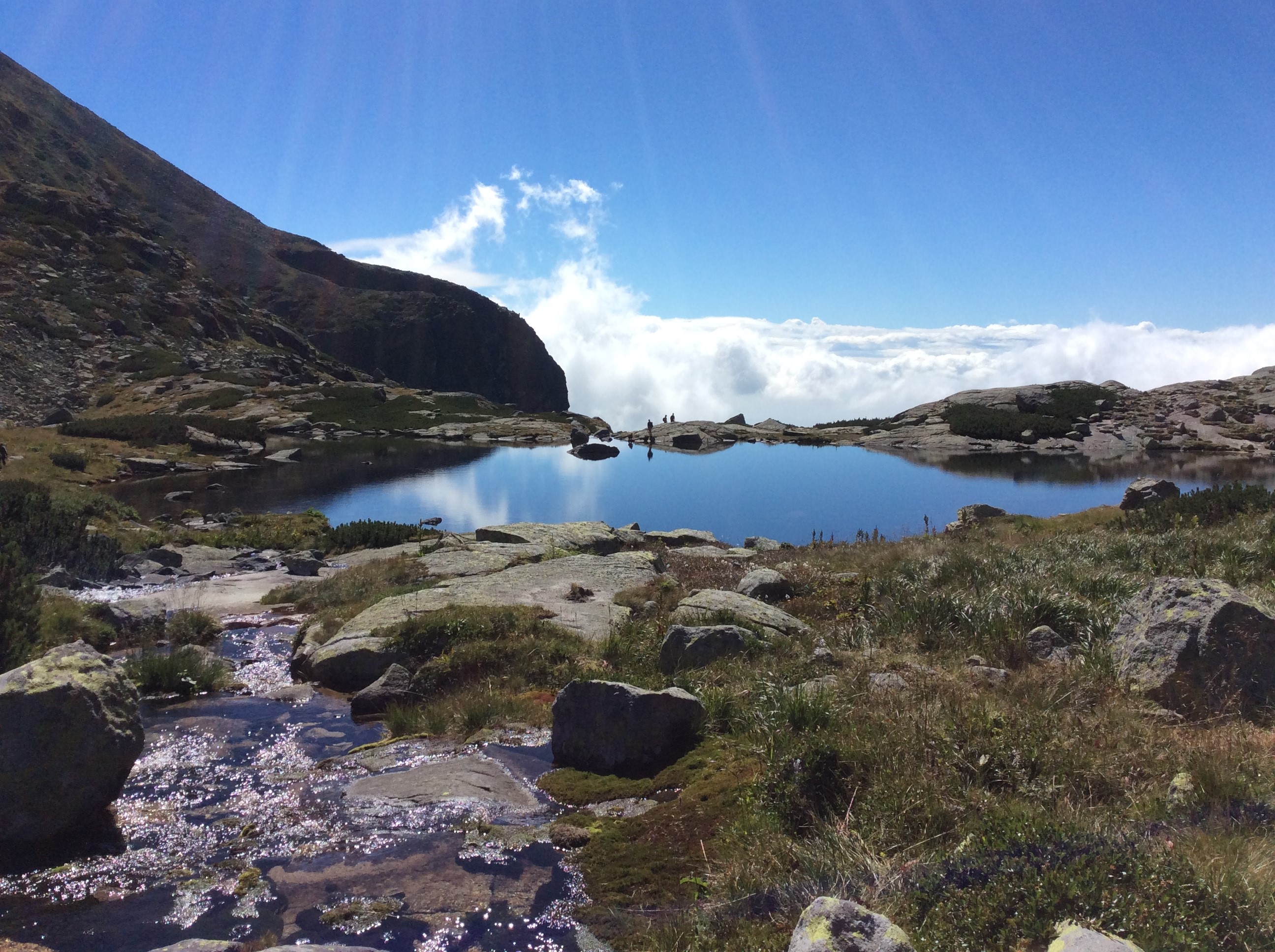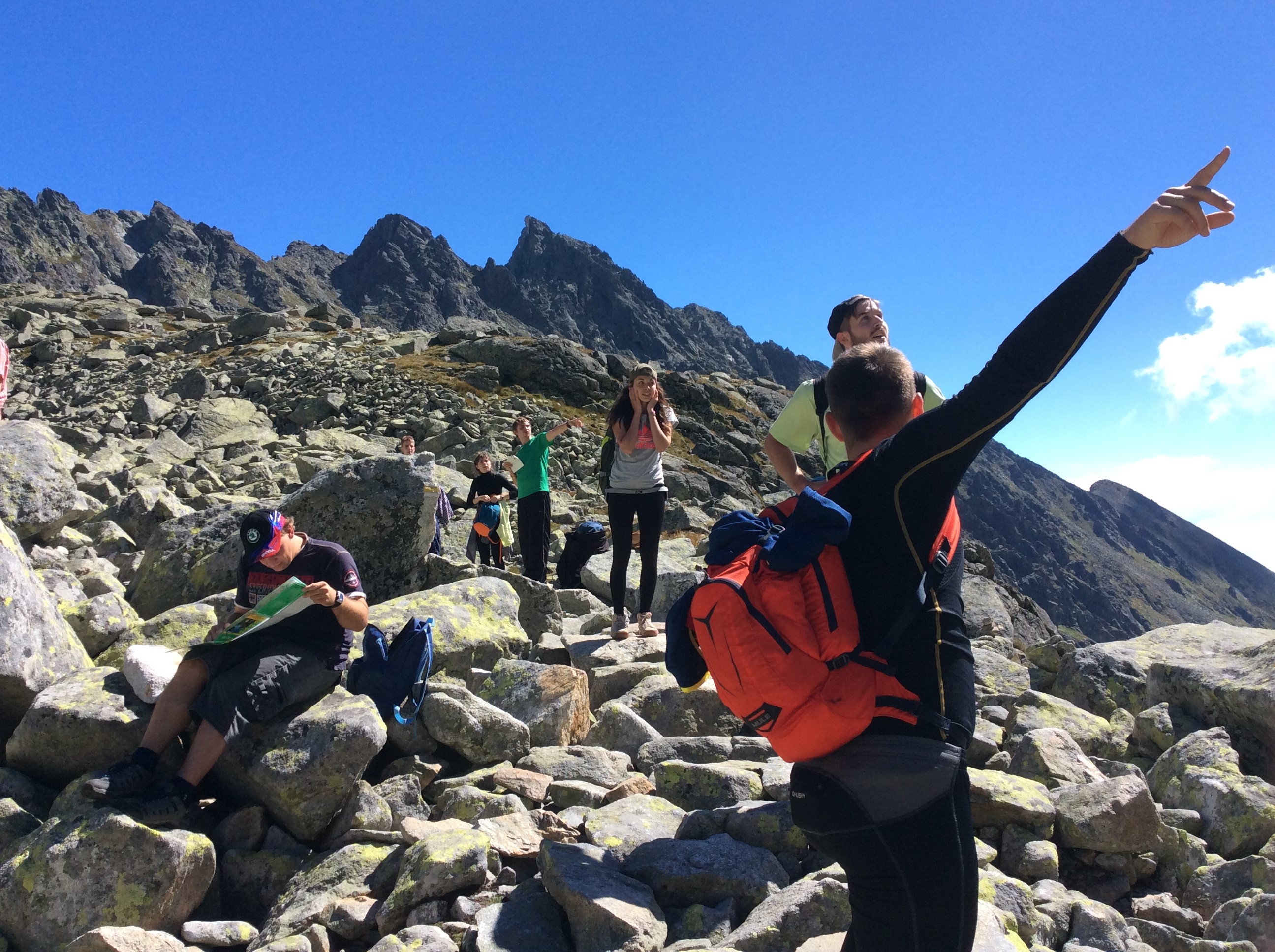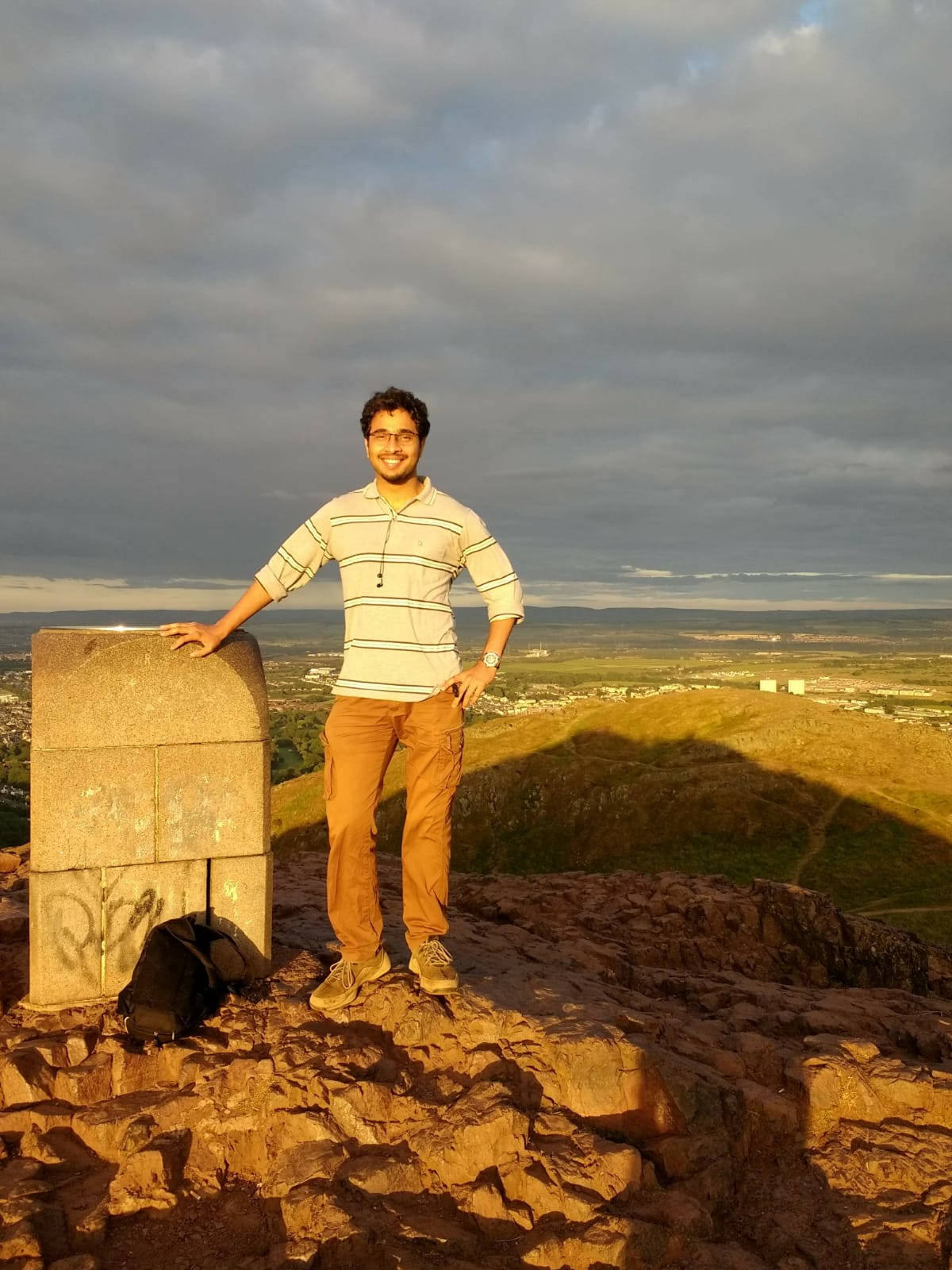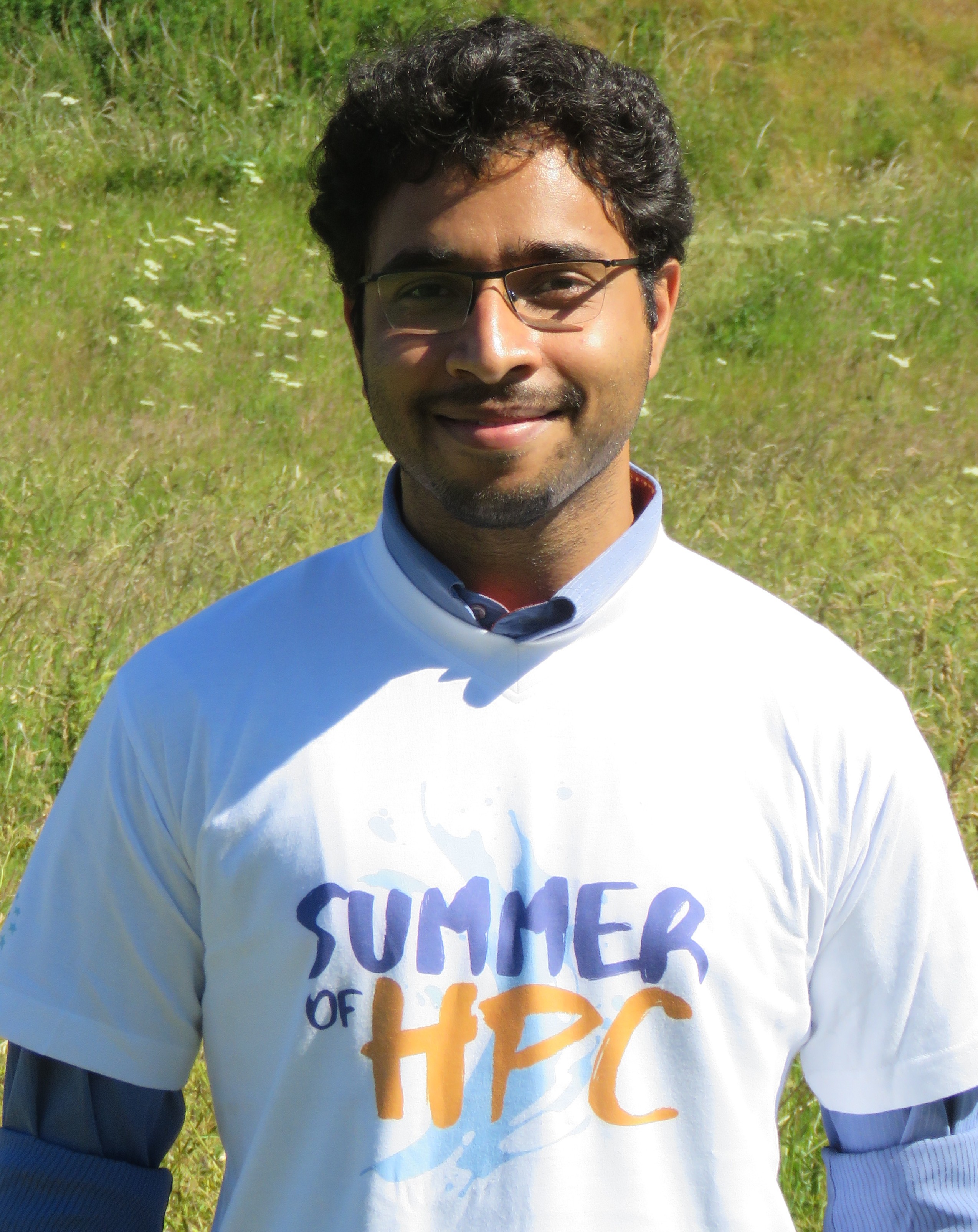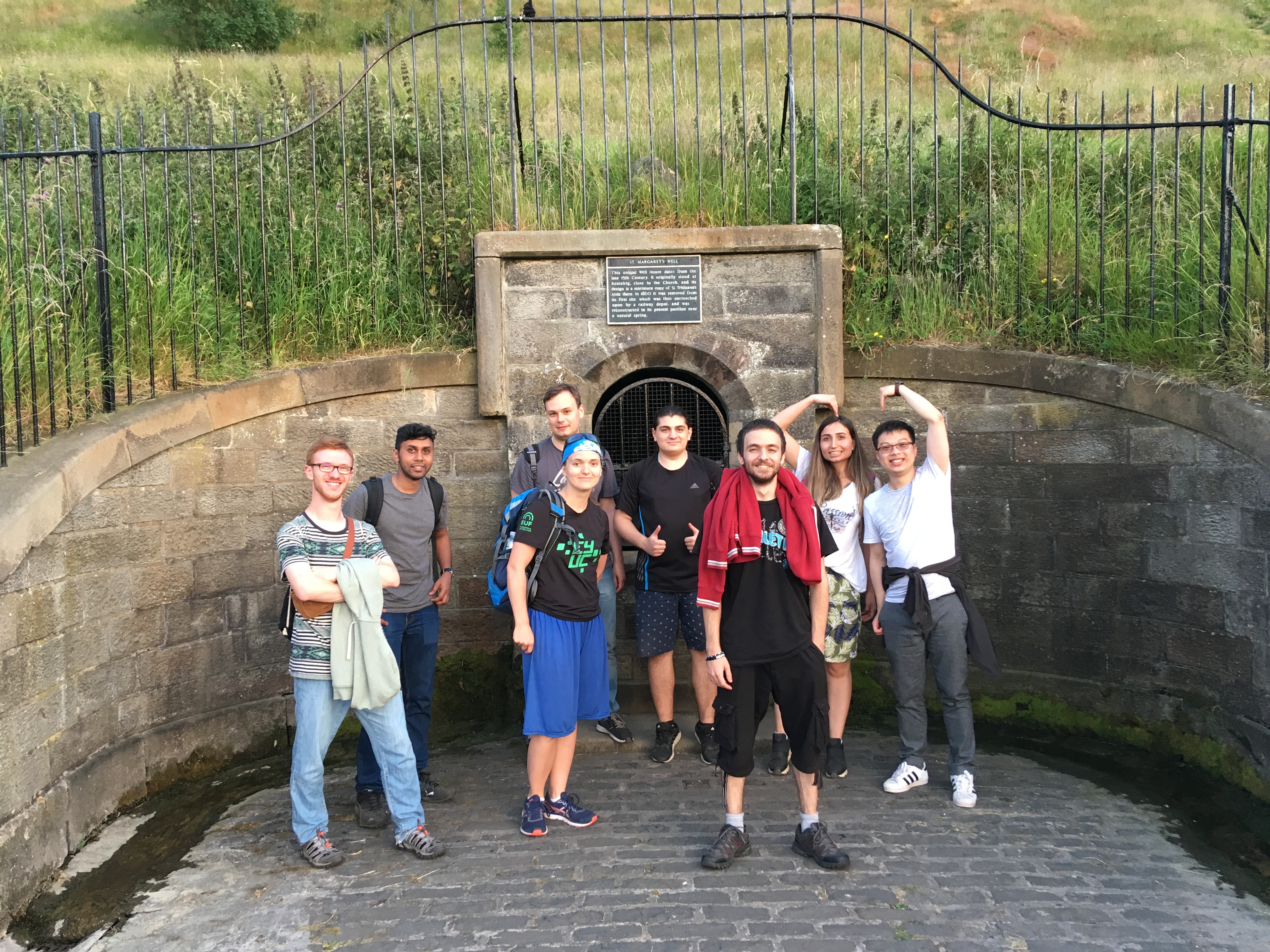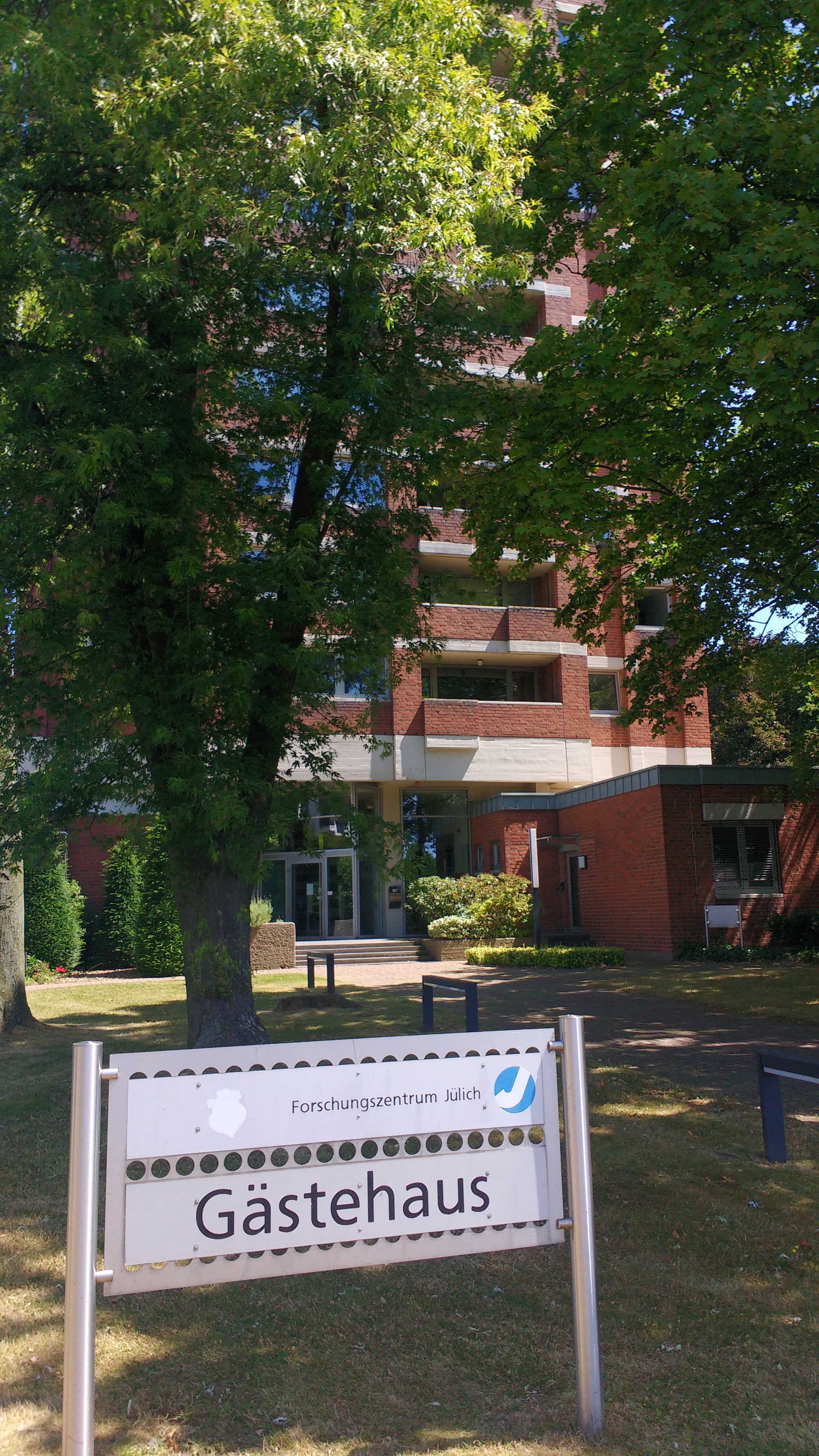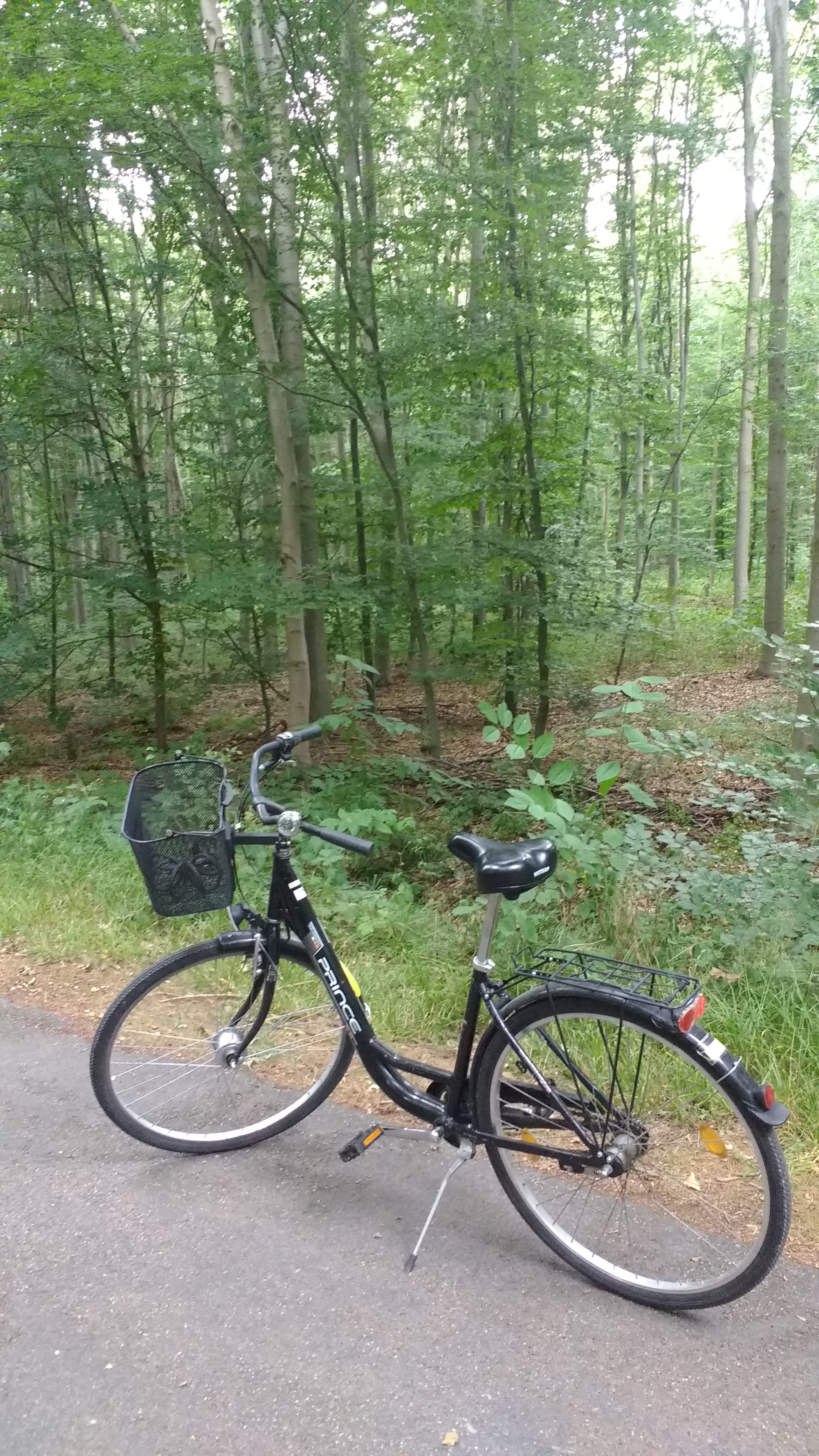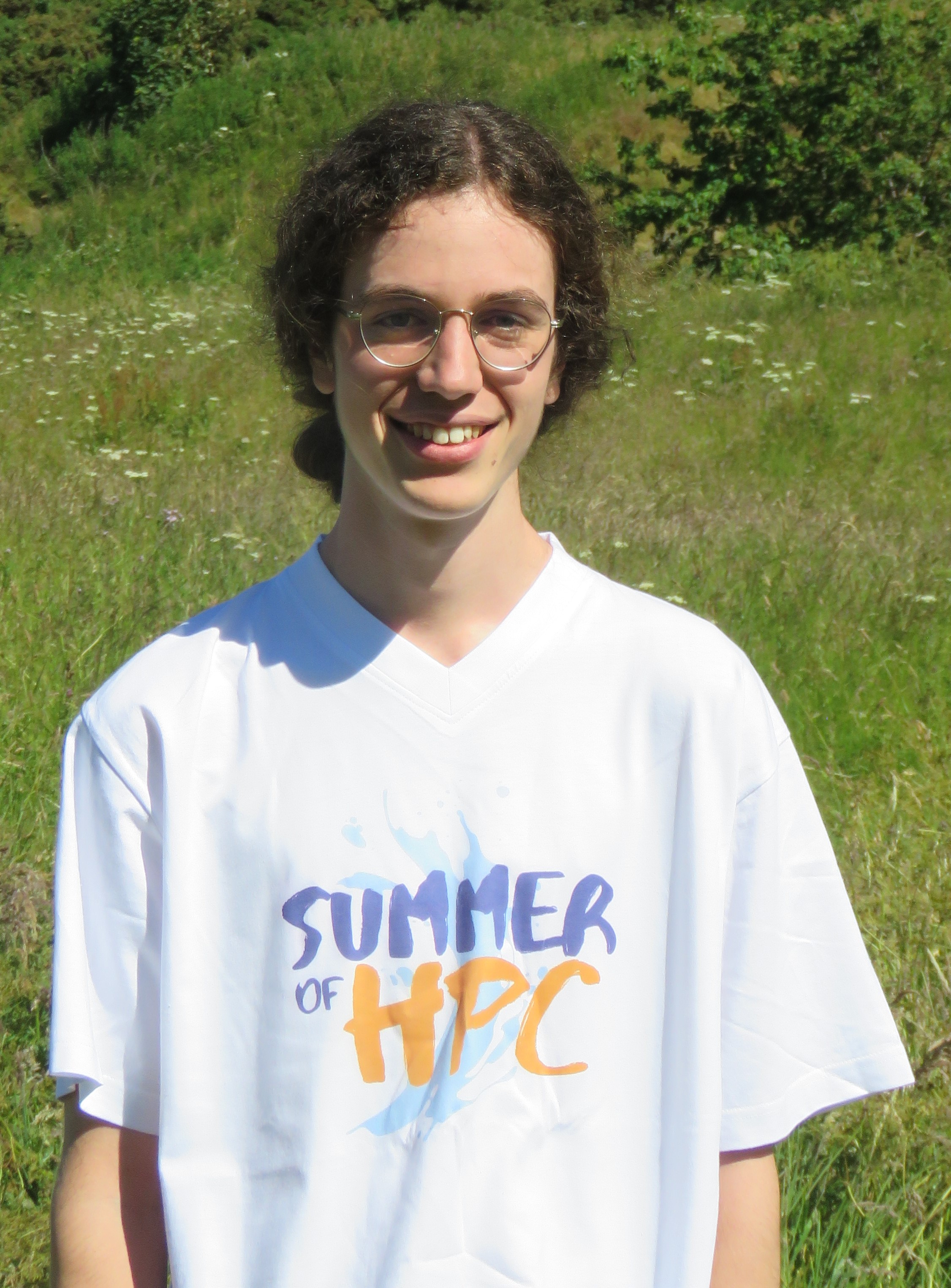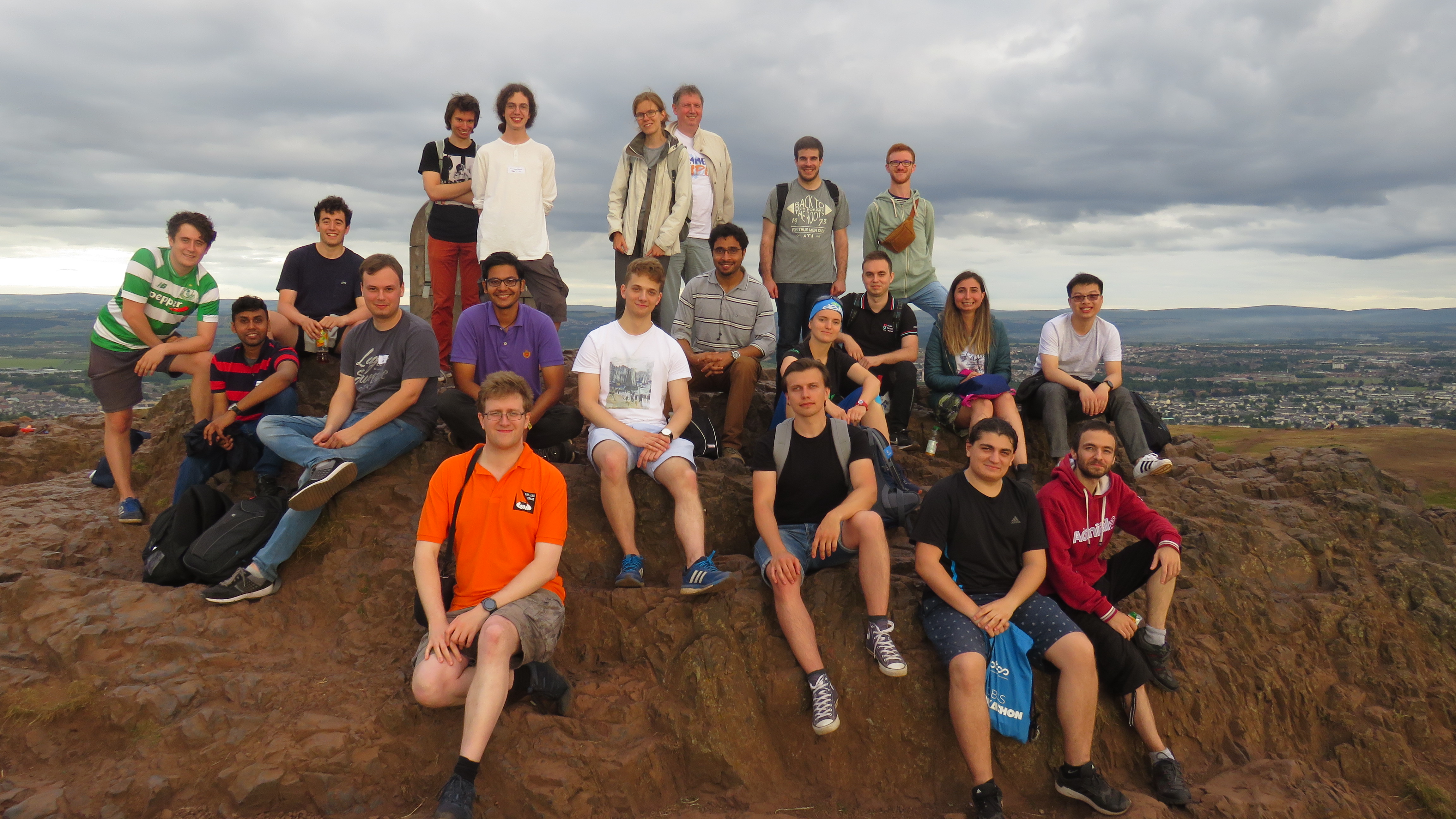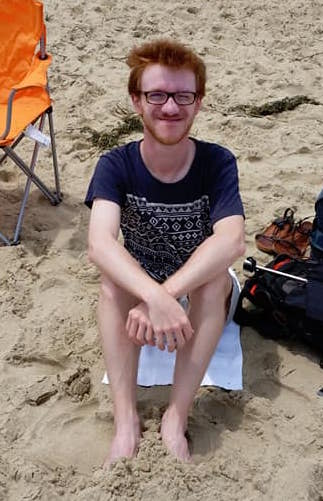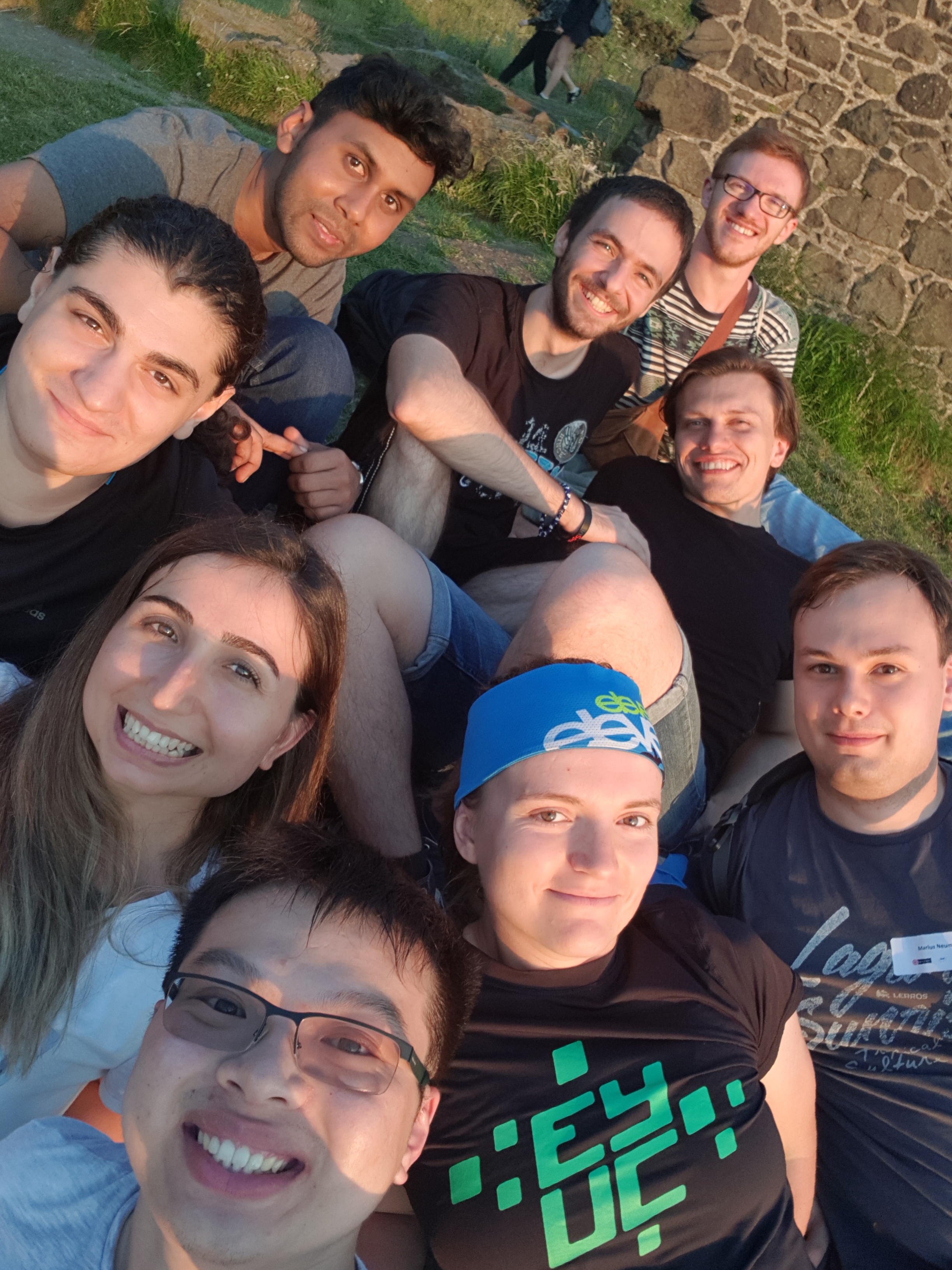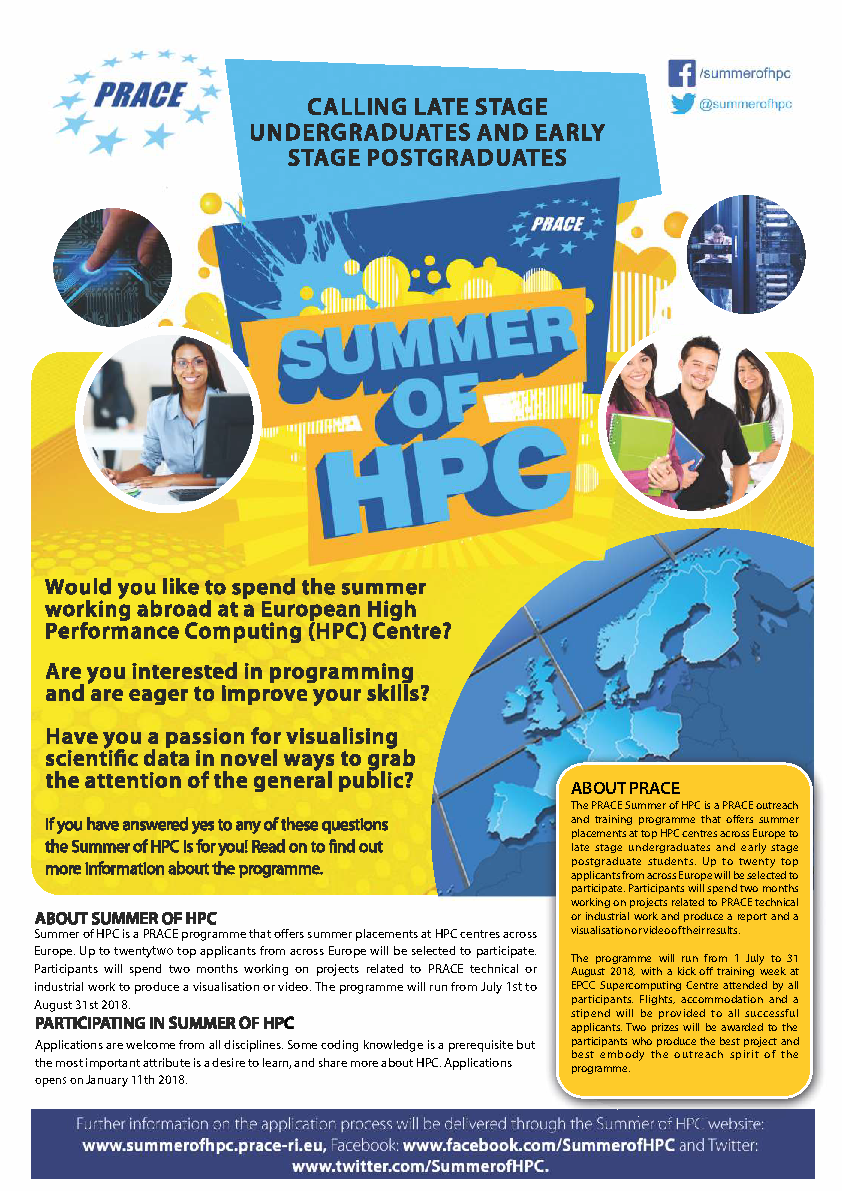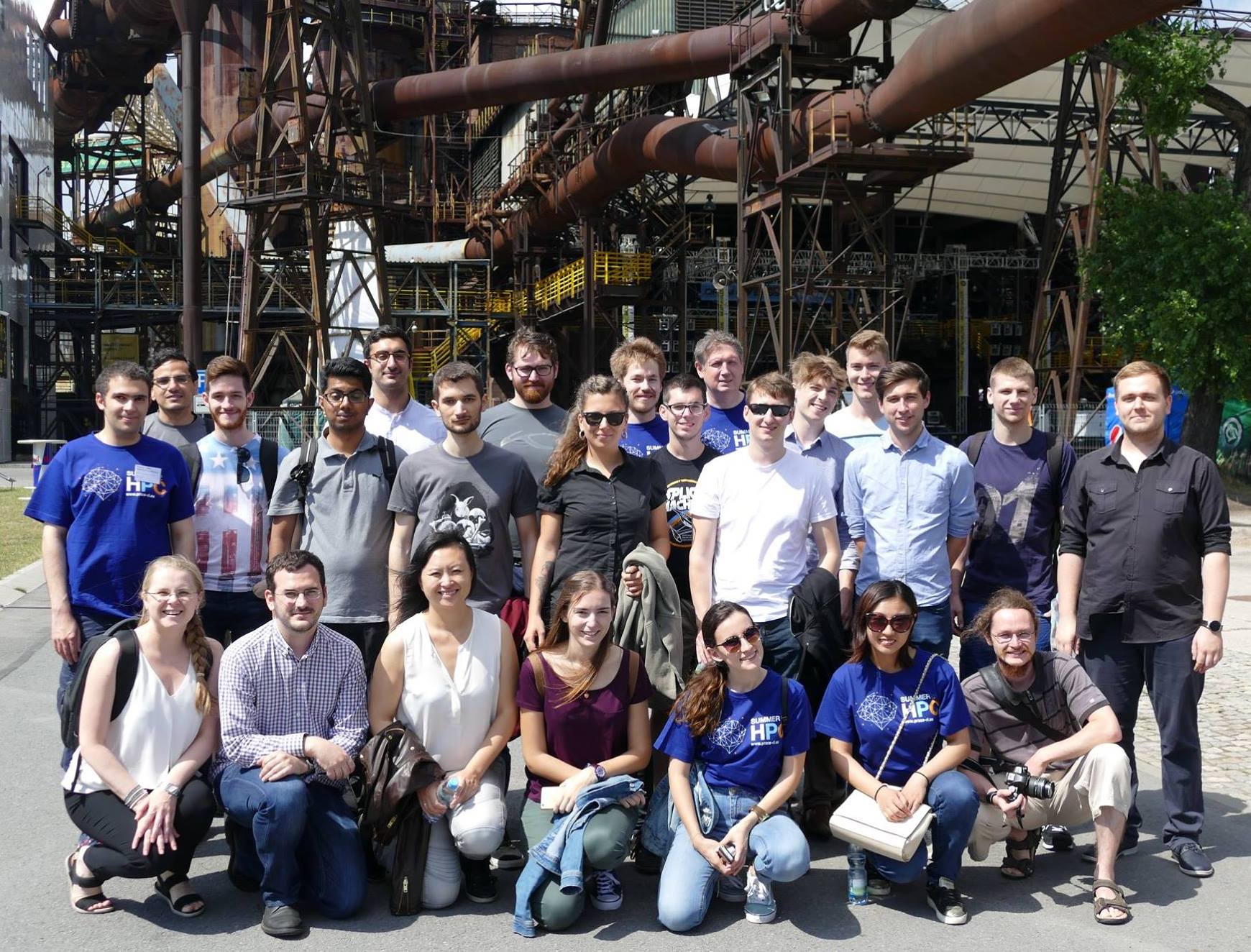
Project reference: 1819
Today’s multi-core, many-core and accelerator hardware provides a tremendous amount of floating point operations (FLOPs). However, CPU and GPU FLOPs cannot be harvested in the same manner. While the CPU is designed to minimize the latency of of a stream of individual operations, the GPU tries to maximize the throughput. Even worse, porting modern C++ codes to GPUs via CUDA limits oneself to a single vendor. However, there exist other powerful accelerators, that would need yet another code path and thus code duplication.
The great diversity and short life cycle of todays HPC hardware does not allow for hand-written, well-optimized assembly code anymore. This begs the question if we can utilize portability and performance from high-level languages with greater abstraction possibilities like C++.
Wouldn’t it be ideal, if we had a single code base capable of running on all devices, like CPUs, GPUs (Nvidia and AMD), accelerators (like Intel Xeon Phi) or even FPGAs?
With the help of Khronos open-source SYCL standard it is possible to develop one high-level C++ code that can run on all hardware platforms alike.
In this project, we turn our efforts towards a performance-portable fast multipole method (FMM). Depending on the interest of the student, we will pursue different goals. First, the already available CPU version of the FMM can be adapted to support SYCL kernels for the construction and efficient use of multiple sparse/dense octree datastructures. Second, a special (compute-intense) kernel for more advanced algorithmic computations can be adapted to SYCL.
The challenge of both assignments is to embed/extend the code in a performance-portable way. This ensures minimized adaptation efforts when changing from one HPC platform to another.
What is the fast multipole method? The FMM is a Coulomb solver and allows to compute long-range forces for molecular dynamics, e.g. GROMACS. A straightforward approach is limited to small particle numbers N due to the O(N^2) scaling. Fast summation methods like PME, multigrid or the FMM are capable of reducing the algorithmic complexity to O(N log N) or even O(N). However, each fast summation method has auxiliary parameters, data structures and memory requirements which need to be provided. The layout and implementation of such algorithms on modern hardware strongly depends on the available features of the underlying architecture.

Assumed workplace of a 2018 PRACE student at JSC
Project Mentor: Andreas Beckmann
Project Co-mentor: Ivo Kabadshow
Site Co-ordinator: Ivo Kabadshow
Learning Outcomes:
The student will familiarize themself with current state-of-the art CPUs (e.g. Intel Skylake) and accelerators (Nvidia P100/AMD R9 Fury). He/she will learn how the GPU/accelerator functions on a low level and use this knowledge to optimize scientific software for CPUs/GPUs and accelerators in a unified code-base. He/she will use state-of-the art benchmarking tools to achieve optimal performance portability for the kernels and kernel drivers which are time-critical in the application.
Student Prerequisites (compulsory):
Prerequisites
- Programming knowledge for at least 5 years in C++
- Basic understanding of template metaprogramming
- “Extra-mile” mentality
Student Prerequisites (desirable):
- CUDA or general GPU knowledge desirable, but not required
- C++ template metaprogramming
- Interest in C++11/14/17 features
- Interest in low-level performance optimizations
- Ideally student of computer science, mathematics, but not required
- Basic knowledge on benchmarking, numerical methods
- Mild coffee addiction
- Basic knowledge of git, LaTeX, TikZ
Training Materials:
https://developer.codeplay.com/computecppce/latest/computecpp-for-cuda-developers
Just send an email … training material strongly depends on your personal level of knowledge. We can provide early access to the GPU cluster as well as technical reports from former students on the topic. If you feel unsure about the requirements, but do like the project send an email to the mentor and ask for a small programming exercise.
Workplan:
Week:
- Training and introduction to FMMs and hardware
- Benchmarking of kernel variants on the CPU/GPU/accelerator
- Initial port to SYCL of one or two kernel variants
- Unifying the octree data structure for the CPU/GPU/accelerator
- Performance tuning of the code
- Optimization and benchmarking, documentation
- Optimization and benchmarking, documentation
- Generating of final performance results. Preparation of plots/figures. Submission of results.
Final Product Description:
The end product will be an extended FMM code with SYCL to support CPUs/GPUs/accelerators. The benchmarking results, especially the gain in performance can be easily illustrated in appropriate figures, as is routinely done by PRACE and HPC vendors. Such plots could be used by PRACE.
Adapting the Project: Increasing the Difficulty:
The kernels are used differently in many places in the code. For example, it may or may not be required to use a certain implementation of the an FMM operator. A particularly able student may also port multiple kernels. Depending on the knowledge level, a larger number of access/storage strategies can be ported/extended or performance optimization within SYCL can be intensified.
Adapting the Project: Decreasing the Difficulty
As explained above, a student that finds the task of porting/optimizing a full kernel too challenging, could very well restrict themself to a simpler model or partial port.
Resources:
The student will have his own desk in an air-conditioned open-plan office (12 desks in total) or in a separate office (2-3 desks in total), will get access (and computation time) on the required HPC resources for the project and have his own workplace with fully equipped workstation for the time of the program. A range of performance and benchmarking tools are available on site and can be used within the project. No further resources are required.
Hint: We do have experts on all advanced topics, e.g. C++11/14/17, CUDA in house. Hence, the student will be supported when battling with ‘bleeding-edge’ technology.
Organisation:
Jülich Supercomputing Centre, Forschungszentrum Jülich GmbH

